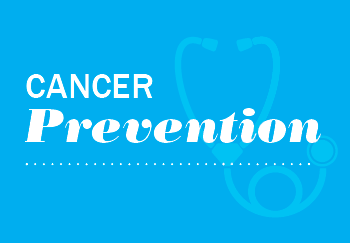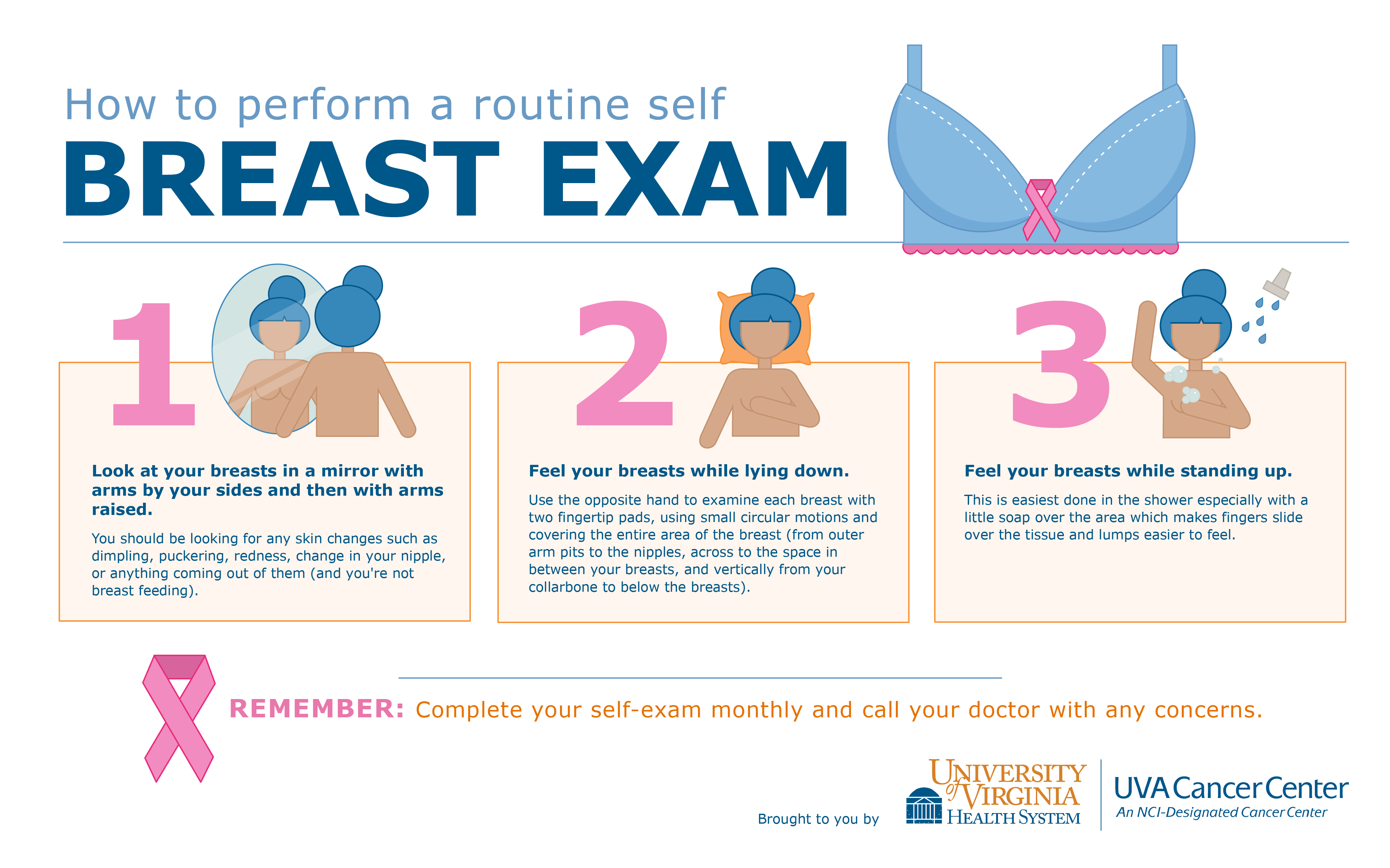 Just because you have yearly mammograms, don’t think a regular breast self-exam is not important. For Breast Cancer Awareness Month, it’s best to stay up on all preventative methods.
Just because you have yearly mammograms, don’t think a regular breast self-exam is not important. For Breast Cancer Awareness Month, it’s best to stay up on all preventative methods.
Last year, the American Cancer Society (ACS) released new guidelines for breast cancer screening and stated that women who have an average risk of breast cancer should start yearly mammograms at age 45 instead of the previous guideline of age 50. At the same time, they no longer recommend breast exams from a medical provider or self-exams because current research on the practice doesn’t prove a clear advantage.
Why Self Exams Can Still Save Lives
Despite the ACS new guidelines, breastcancer.org states that about 20% of the time, breast cancers are found by physical exam instead of by mammography and that women should perform their own exams routinely. “The biggest misconception about mammography is that it picks up every breast cancer. In fact, mammography misses at least 10% of breast cancer,” says Dr. Susan Greenstein Orel. Even the ACS admits that women should be familiar with the normal look and feel of their breasts and report any changes to their doctor. The best way to do that is by examining your own breasts.

How to Perform a Routine Self-Breast Exam
- Look at your breasts in the mirror. First look at them with your arms by your sides. Next, raise your arms and look at your breasts closely again. This is the easiest way to see if something looks wrong or different. Examine your nipples and surrounding skin closely. If you see any skin changes such as dimpling, puckering, redness, a change in your nipple, or anything coming out of them (and you’re not breast feeding), schedule a visit with your doctor.
- Feel your breasts while lying down. Use the opposite hand to examine each breast by feeling the breast tissue systematically with two fingertip pads. Use small circular motions, pressing firmly, and covering the entire area of the breast from outer arm pits to the nipples, across to the space in between your breasts, and vertically from your collarbone to below the breasts.
- Feel your breasts while standing up. This is easiest done in the shower, where I found my lump, especially with a little soap over the area which makes fingers slide over the tissue and lumps easier to feel.
Get a Screening
Ask your doctor for information about breast cancer screening and prevention. It’s important to find out when to start getting screened, the suggested frequency, and what type of screening is best for you.
When to Perform a Self-Breast Exam
According to the U.S. National Library of Medicine, you should perform a self exam monthly, at the same time of the month to make it easy to remember. If you’re still menstruating, another reason for choosing the same time every month is because your breasts can change throughout your cycle and become lumpy or sensitive and you want to know what is normal for your cycle. If you notice any differences that last beyond one full menstrual cycle, or seem to grow or become more noticeable in any way, make an appointment with your doctor.
There’s no simpler, less invasive, and less expensive way to take responsibility for your own breast health than to know what is normal for your breasts. It is an important lesson to teach your mothers, sisters, daughters, and friends as well.
